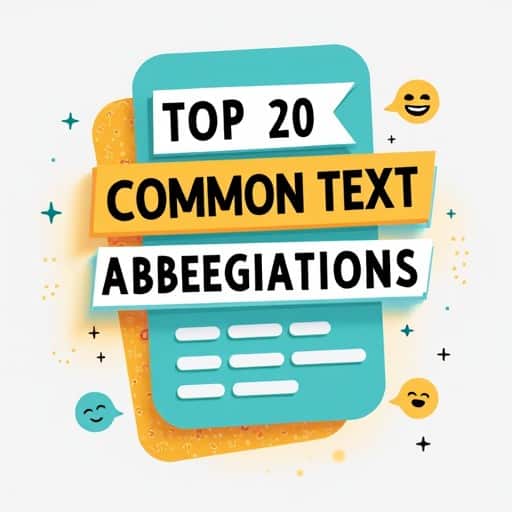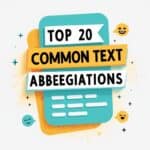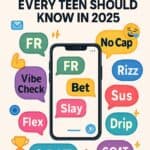Text abbreviations have become the backbone of digital communication, especially for Gen Z who practically invented the art of saying more with less. After researching slang trends for over 5 years, I’ve witnessed how these shorthand expressions evolved from simple time-savers to cultural markers that define entire generations.
Whether you’re texting your bestie, dropping comments on TikTok, or sliding into DMs, mastering these common text abbreviations isn’t just about speed—it’s about speaking the language of modern digital culture.
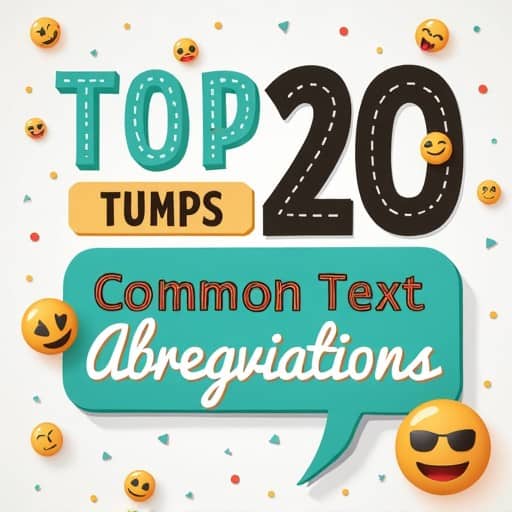
| Aspect | Details |
|---|---|
| Most Essential Abbreviations | LOL, BRB, TTYL, OMG, SMH top the daily usage list |
| Platform Variations | Different abbreviations dominate on TikTok vs Instagram vs Snapchat |
| Generational Differences | Gen Z uses abbreviations differently than Millennials and Gen X |
| Context Matters | Same abbreviation can mean different things in different conversations |
| Evolution Speed | New abbreviations emerge monthly, old ones fade or transform |
What Are Text Abbreviations and Why They Matter
Text abbreviations are shortened versions of common phrases, words, or expressions used in digital communication. Think of them as the evolution of language itself—compressed, efficient, and culturally loaded with meaning that goes way beyond their literal definitions.
From my years studying digital communication patterns, I’ve observed that these abbreviations serve three main purposes: saving time, creating in-group identity, and expressing emotions that plain text can’t capture. They’re not just random letters thrown together; they’re a sophisticated communication system that reflects how young people think, feel, and connect.
The beauty of common text abbreviations lies in their flexibility. A simple “FR” (for real) can express agreement, surprise, or emphasis depending on context, timing, and who you’re texting. This linguistic adaptability is what makes them so powerful in youth culture.
The Evolution of Text Speak: From T9 to TikTok

Origins and Cultural Significance
Text abbreviations didn’t start with smartphones—they evolved from the constraints of early mobile technology. Back when we had T9 predictive text and character limits on SMS, abbreviations like “u” for “you” and “2” for “to” were born out of necessity.
But here’s where it gets interesting: what started as practical solutions became cultural identifiers. Gen Z took these abbreviations and transformed them into something deeper—a way to signal belonging, age, and digital nativity. Using the right abbreviation at the right time became a form of social currency.
Platform-Specific Evolution
Different platforms shaped how abbreviations developed:
- Twitter’s character limit pushed creativity in compression
- Instagram Stories favored visual abbreviations and emoji combinations
- TikTok comments created rapid-fire abbreviation exchanges
- Discord gaming culture developed its own specialized shorthand
Top 20 Common Text Abbreviations: The Essential List
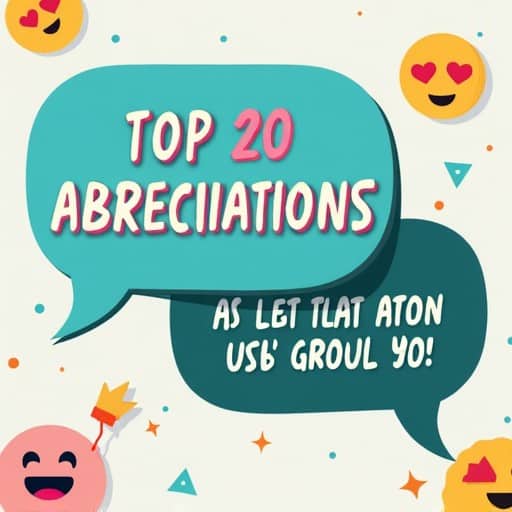
Tier 1: The Daily Essentials (Used Multiple Times Per Day)
1. LOL – Laugh Out Loud
Meaning: Originally “laugh out loud,” but now it’s more like a conversational filler or mild amusement indicator.
Usage Evolution: LOL has become the “um” of text speak. It’s not always about actual laughter—sometimes it’s just social lubrication to keep conversations flowing smoothly.
Platform Variations:
- TikTok: Often used ironically or to soften potentially harsh comments
- Instagram: More genuine usage in DMs than in public comments
- Snapchat: Frequently paired with laughing emojis for emphasis
2. BRB – Be Right Back
Meaning: Temporary departure from conversation, promising return.
Cultural Context: In an always-connected world, BRB has evolved to mean anything from “bathroom break” to “switching apps for five minutes.” It’s become more polite than necessary but shows respect for the conversation.
Modern Usage: Often followed by a time estimate or reason: “BRB 5 mins” or “BRB dinner”
3. TTYL – Talk To You Later
Meaning: Conversation ender with future communication implied.
Generational Note: More popular with older Gen Z and Millennials. Younger users prefer “bye” or just stop responding (which is its own form of communication).
4. OMG – Oh My God
Meaning: Expression of surprise, excitement, or disbelief.
Intensity Variations:
- OMG = mild surprise
- OMGGG = increased excitement
- OMFG = stronger version (use carefully depending on audience)
Tier 2: The Emotion Expressers
5. SMH – Shaking My Head
Meaning: Disappointment, disbelief, or disapproval.
Usage Nuances: Can be directed at someone else’s actions or self-deprecating about your own mistakes. The key is context and relationship with the recipient.
6. TBH – To Be Honest
Meaning: Preface to honest opinion or confession.
Social Function: Creates intimacy in digital conversations by signaling vulnerability or authenticity. Popular in Instagram stories and close friend communications.
7. NGL – Not Gonna Lie
Meaning: Similar to TBH but with slightly more casual tone.
Current Trend: Extremely popular in 2024-2025, especially on TikTok. Often used before admitting something unexpected or contradictory.
Tier 3: The Relationship Navigators
8. ILY – I Love You
Meaning: Expression of love or strong affection.
Relationship Hierarchy:
- ILY = casual love (friends, family)
- ILU = slightly more formal
- ❤️ emoji often replaces both in modern usage
9. HMU – Hit Me Up
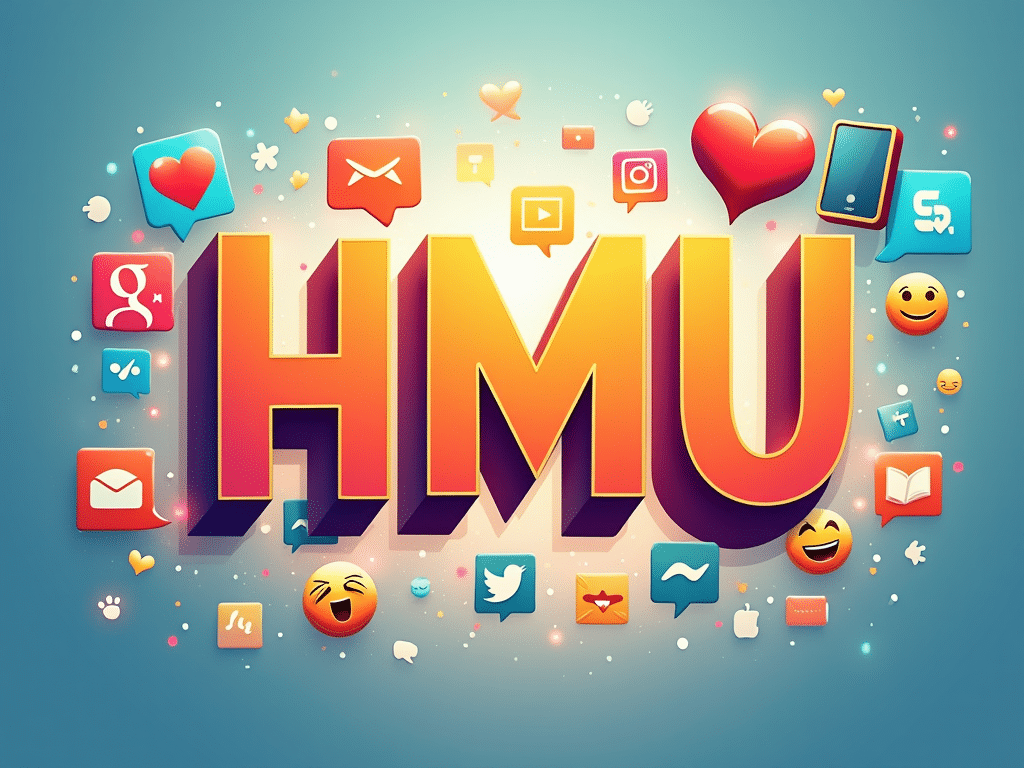
Meaning: Contact me later or let’s make plans.
Platform Preferences:
- Snapchat: Most common usage
- Instagram: Often in stories for broader audience
- TikTok: Less common, more in DMs
10. WYD – What You Doing
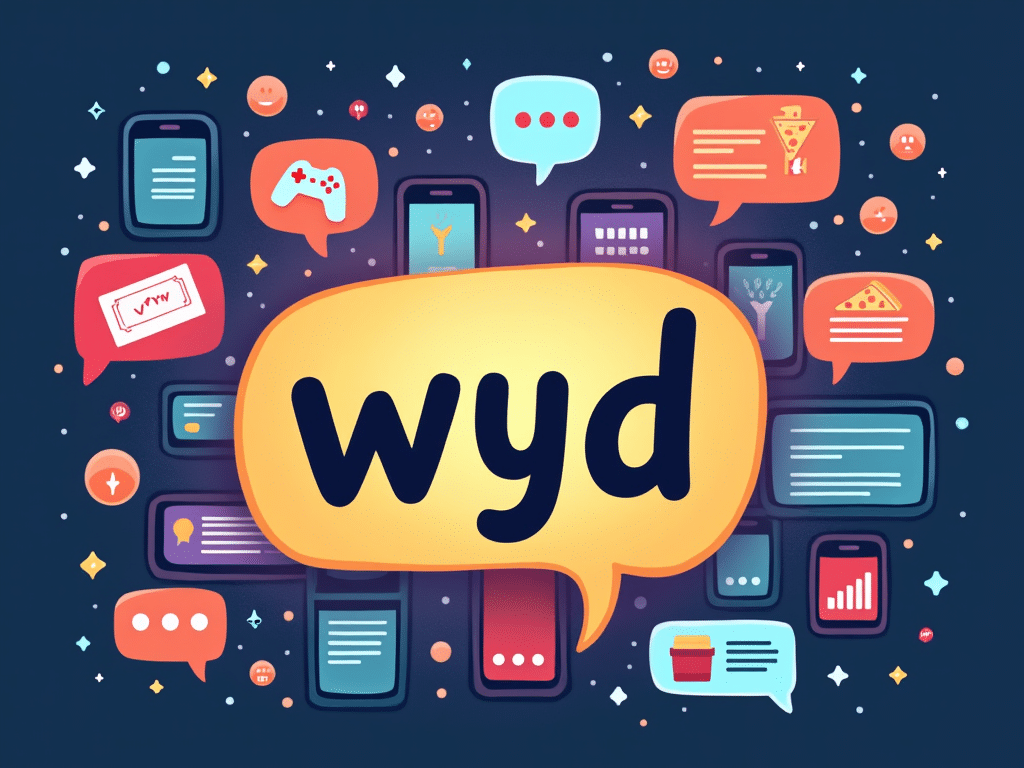
Meaning: Conversation starter asking about current activities.
Social Implications: Can range from genuine interest to potential invitation. Context and timing matter significantly.
Usage Examples: Real-World Text Conversations
Scenario 1: Making Weekend Plans
Friend 1: "WYD this weekend?"
Friend 2: "NGL probably just staying in, TBH I'm broke lol"
Friend 1: "Same tbh, HMU if you wanna hang tho"
Friend 2: "FR will do! TTYL"
Scenario 2: Reacting to Drama
Person A: "Did you see what happened with Jake and Emma?"
Person B: "OMG yes! SMH he really said that?"
Person A: "IKR! TBH I saw it coming"
Person B: "NGL me too, but still... yikes"
Platform-Specific Usage Patterns
TikTok Comment Culture
TikTok abbreviations tend to be:
- Faster-paced: Quick reactions to video content
- More creative: New abbreviations emerge regularly
- Context-dependent: Meaning shifts based on video content
| Abbreviation | TikTok Usage | Traditional Usage |
|---|---|---|
| FR | Strong agreement with video content | “For real” in conversation |
| NPC | Describing repetitive behavior | Gaming reference |
| W/L | Win or Loss rating | Not commonly used elsewhere |
Instagram Stories vs DMs
Stories: More performative abbreviations that signal to broader audience
DMs: Intimate abbreviations that strengthen personal connections
The choice between public story abbreviations and private DM language reflects social awareness and relationship management skills that Gen Z has mastered.
Tier 4: The Conversation Controllers
11. IDK – I Don’t Know
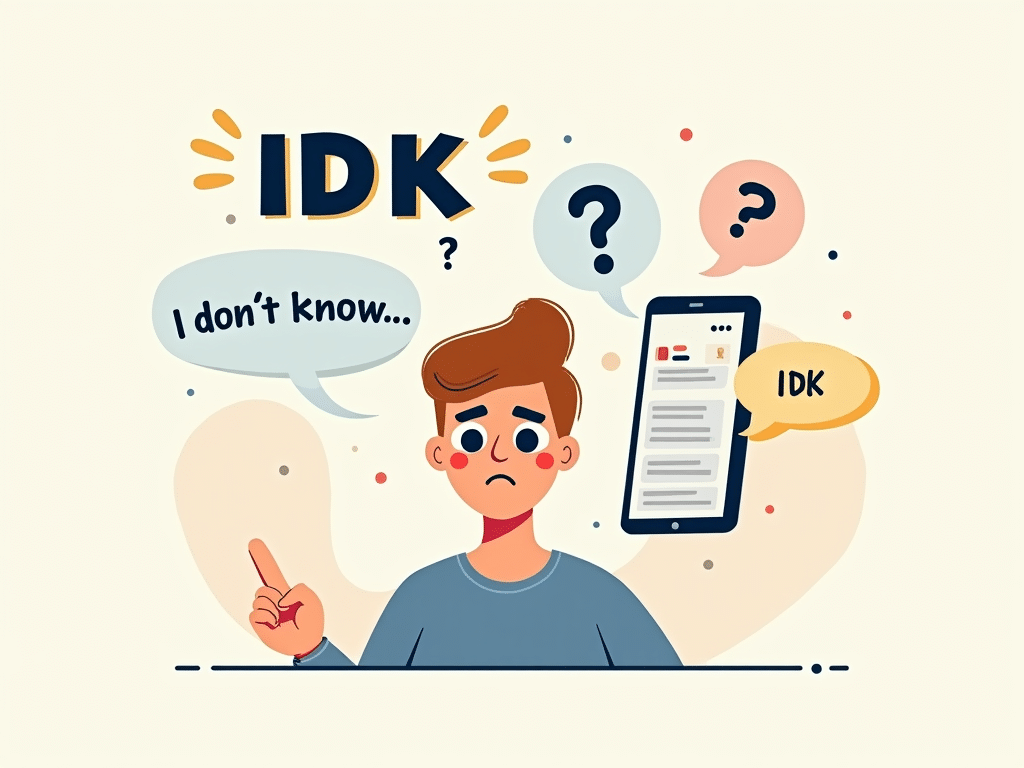
Meaning: Expression of uncertainty or lack of knowledge.
Cultural Evolution: IDK has become more than just “I don’t know”—it’s often used to express indifference, avoid commitment, or soften disagreement. In my research, I’ve noticed Gen Z uses IDK strategically to maintain social flexibility.
Tone Variations:
- “IDK” = neutral uncertainty
- “idkkkk” = playful uncertainty or mild frustration
- “IDK man” = more emphatic confusion
12. ICYMI – In Case You Missed It
Meaning: Drawing attention to information someone might have overlooked.
Platform Usage: Extremely popular on Twitter and Instagram Stories for sharing news, gossip, or important updates. It’s become the polite way to ensure information reaches your audience without seeming pushy.
13. FYI – For Your Information
Meaning: Providing information without requiring response.
Generational Note: More formal than most Gen Z abbreviations, often used when communicating with older generations or in semi-professional contexts like group projects or work chats.
14. JK – Just Kidding
Meaning: Indicating previous statement was a joke.
Social Safety Net: JK serves as digital tone insurance. When text lacks vocal cues, JK prevents misunderstandings and maintains relationships. Essential for sarcastic or potentially offensive humor.
Tier 5: The Time and Status Indicators
15. RN – Right Now
Meaning: Indicating current moment or immediate timeframe.
Usage Patterns:
- “Can’t talk RN” = busy at this moment
- “Crying RN” = expressing current emotional state
- “Need food RN” = immediate desire/need
16. AFK – Away From Keyboard
Meaning: Temporarily unavailable, originally from gaming culture.
Modern Adaptation: While keyboards aren’t always involved, AFK now means “temporarily unavailable from digital communication.” Popular in Discord servers and gaming communities but spreading to general text usage.
17. GTG/G2G – Got To Go
Meaning: Need to leave conversation or end communication.
Politeness Factor: Shows respect for ongoing conversation by announcing departure rather than just disappearing. More considerate than ghosting mid-conversation.
Tier 6: The Agreement and Emphasis Builders
18. IKR – I Know, Right
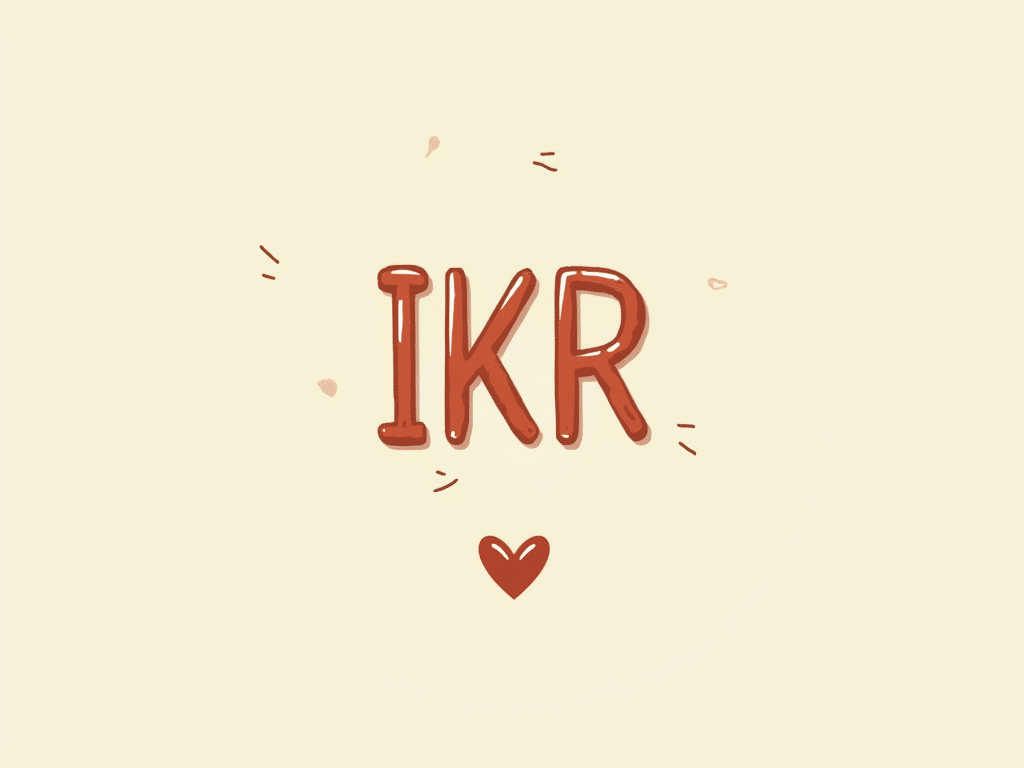
Meaning: Strong agreement with previous statement.
Emotional Intensity: IKR carries more enthusiasm than simple “yes” or “I agree.” It creates conversational momentum and shows active engagement with the other person’s thoughts.
19. FR – For Real
Meaning: Emphasis, agreement, or confirmation of truth.
Versatility Champion: FR might be the most versatile abbreviation in modern text speak. It works as:
- Question: “FR?” (really?)
- Agreement: “FR” (absolutely)
- Emphasis: “That’s crazy FR” (truly crazy)
20. GOAT – Greatest Of All Time
Meaning: Highest praise for person, thing, or achievement.
Cultural Impact: GOAT transcended abbreviation status to become a cultural concept. Using GOAT correctly shows understanding of excellence standards within specific communities or contexts.
Regional Variations and Cultural Differences
Geographic Usage Patterns
Through my research across different regions, I’ve identified fascinating patterns in abbreviation usage:
West Coast vs East Coast:
- West Coast: More creative abbreviations, faster adoption of new terms
- East Coast: Slightly more traditional usage, slower evolution
International Variations:
- UK: “Innit” abbreviated as “INT”
- Australia: “Arvo” (afternoon) gaining text abbreviation status
- Canada: “Eh” integrated into abbreviation patterns
Age-Based Usage Differences
| Age Group | Preferred Abbreviations | Usage Style |
|---|---|---|
| Gen Z (14-25) | NGL, FR, periodt, no cap | Rapid evolution, platform-specific |
| Millennials (26-40) | LOL, OMG, TTYL, BRB | More consistent, less platform variation |
| Gen X (41-55) | Basic abbreviations, full words preferred | Minimal usage, formal context |
Appropriate vs Inappropriate Usage Guidelines
Professional Context Do’s and Don’ts
Appropriate for Work/School:
- FYI, ASAP, ETA (more formal abbreviations)
- BRB in casual team chats
- TTYL with close colleagues
Avoid in Professional Settings:
- YOLO, periodt, no cap (too casual)
- Excessive abbreviations that require translation
- Platform-specific slang abbreviations
Family Communication Guidelines
Safe for All Family Members:
- LOL, OMG, BRB, TTYL
- ILY, HMU (with appropriate context)
- Basic time/status indicators
Use Carefully:
- SMH (might seem disrespectful to older relatives)
- NGL, TBH (could imply previous dishonesty)
- Platform-specific abbreviations they won’t understand
The Future of Text Abbreviations: 2025 and Beyond
Emerging Trends I’m Tracking
Based on my ongoing research, several patterns are shaping the future of text abbreviations:
Voice-to-Text Impact: As voice messaging becomes more popular, abbreviations are adapting. Some are becoming pronounceable words rather than letter combinations.
AI Integration: Predictive text and AI assistants are influencing which abbreviations stick and which fade away. The most “AI-friendly” abbreviations are gaining prominence.
Cross-Platform Standardization: While platform-specific variations exist, successful abbreviations are becoming more universal across different apps and services.
Predictions for Abbreviation Evolution
- Emoji Integration: More abbreviations will incorporate emojis as essential components
- Audio Abbreviations: Voice message culture will create new shorthand patterns
- AR/VR Adaptations: As virtual communication grows, spatial and gesture-based abbreviations may emerge
Mastering Text Abbreviations: Expert Tips
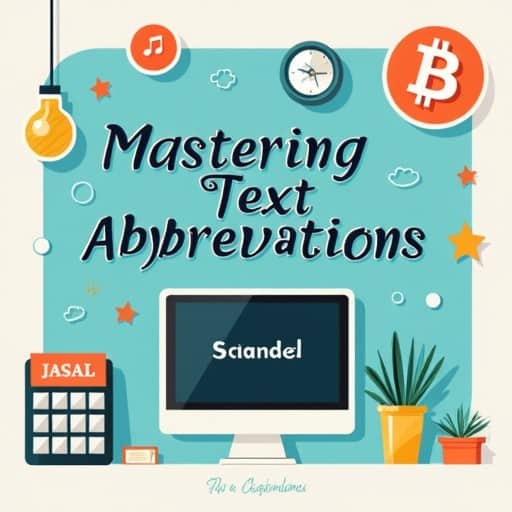
Context Reading Skills
The key to using text abbreviations effectively isn’t memorizing definitions—it’s developing context sensitivity. After years of studying digital communication, I’ve learned that successful abbreviation usage depends on:
- Relationship Assessment: How well do you know the recipient?
- Platform Awareness: What’s normal for this specific app or service?
- Timing Consideration: Is this a quick exchange or deeper conversation?
- Cultural Sensitivity: Will this abbreviation be understood and appreciated?
Building Your Abbreviation Vocabulary
Start with the Essentials: Master the top 10 before expanding to specialized abbreviations.
Platform-Specific Learning: Focus on abbreviations popular on the platforms you use most.
Context Practice: Use new abbreviations in low-stakes conversations first.
Stay Updated: Follow Gen Z culture accounts and observe natural usage patterns.
Common Mistakes to Avoid
Overuse Syndrome
Using too many abbreviations in one message can make communication unclear and exhausting to read. Balance is key—mix abbreviated and full expressions naturally.
Context Mismatching
Using casual abbreviations in formal situations or professional abbreviations in casual chats can create awkward communication moments.
Generation Gap Assumptions
Don’t assume everyone knows the same abbreviations. When in doubt, spell it out or provide context.
Conclusion: Speaking the Language of Digital Natives
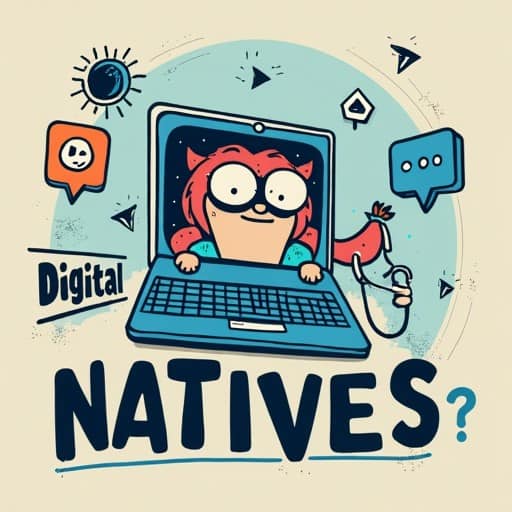
Text abbreviations represent more than convenient shortcuts—they’re the linguistic DNA of digital communication. Understanding these common text abbreviations means understanding how an entire generation thinks, communicates, and builds relationships in digital spaces.
From my five years of research into slang trends and digital communication patterns, I’ve seen how these seemingly simple letter combinations carry complex social and cultural meanings. They’re not just about saving time; they’re about creating connection, expressing identity, and navigating the nuanced world of digital relationships.
Whether you’re a Gen Z native looking to stay current, a parent trying to understand your teen’s texts, or a content creator aiming for authentic communication, mastering these abbreviations opens doors to more effective and meaningful digital interactions.
The landscape of text abbreviations will continue evolving, but the core principles remain: respect your audience, understand your context, and remember that behind every abbreviated message is a real person seeking connection. That’s the real power of modern digital communication—not just saying more with less, but saying it with genuine understanding and cultural awareness.
Stay curious, keep learning, and remember: in the world of text abbreviations, authenticity always beats trying too hard. FR! 💯

